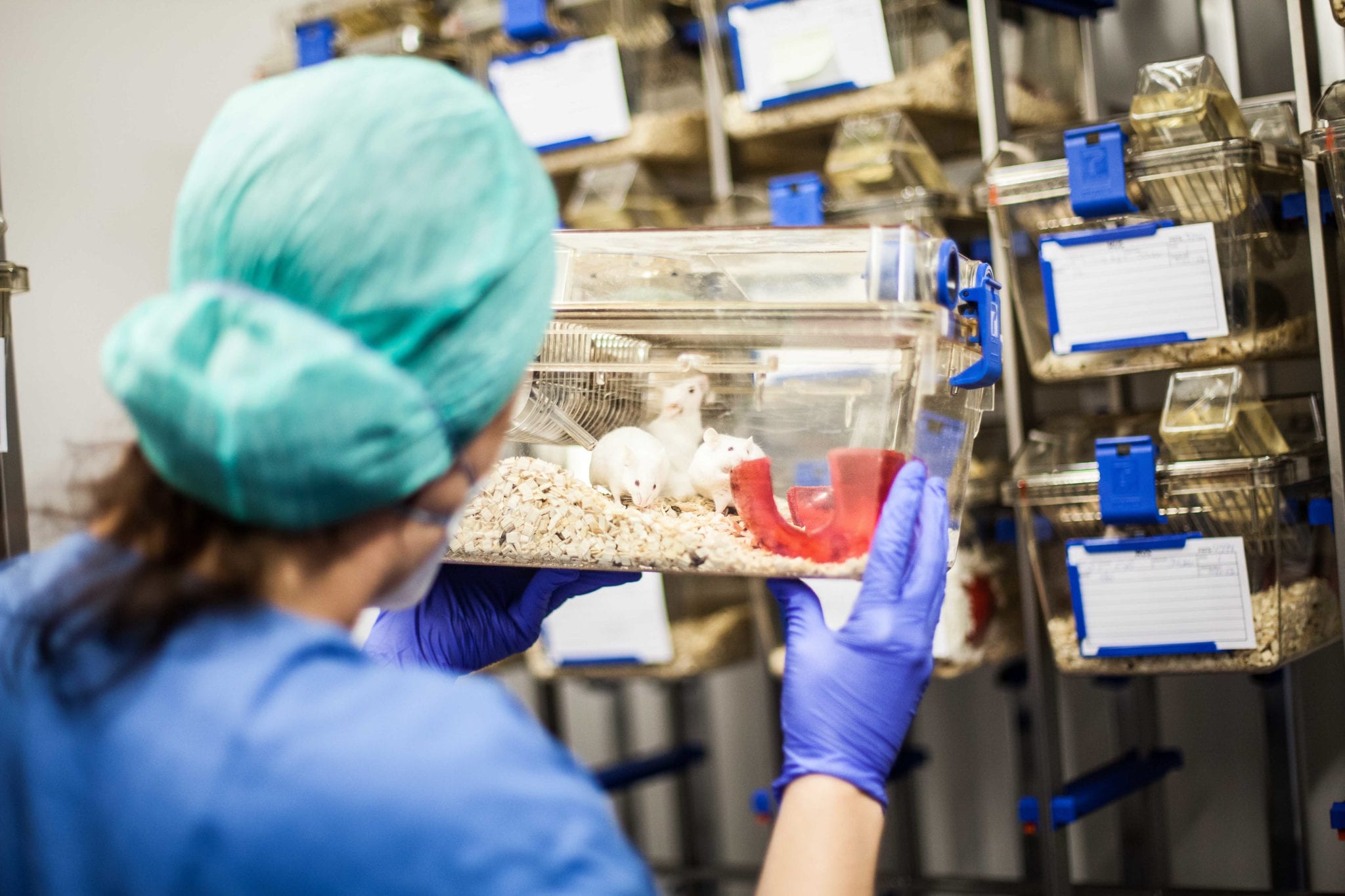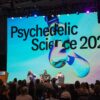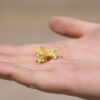New research shows that lysergic acid diethylamide (LSD) promotes social behaviour by indirectly increasing the activity of specific brain receptors in rodents — which implicates the psychedelic as a potential treatment for some forms of autism.
A study led by researchers at McGill University published in the National Academy of Sciences journal shows that repeated low doses of LSD have an effect on receptors in the medial prefrontal cortex.
Mice treated with repeated doses of LSD — but not a single dose — spent more time interacting with mice strangers, according to the research.
Researchers injected young male mice with a low dose of LSD everyday for seven days, and ran tests 24 hours after the injections.
“To confirm that the prosocial effect is not mouse specific, we tested male rats with repeated LSD doses, and consistently observed an increased interaction time with a stranger rat,” the study continues.
The animals were scored depending on social behaviours such as nose-to-rear-end sniffing, nose-to-nose sniffing and social grooming. Other tests included in-vivo electrophysiological recordings and optogenetic experiments, where they used electricity and light to gather information by stimulating or inhibiting neurons.
Researchers wanted to know how LSD works on a protein complex called mTOR, which has been shown to promote prosocial effects if stimulated. Previous research on autism spectrum disorder (ASD) shows that dysregulation of this particular area can cause neurodevelopmental disorders affecting socialization.
Results show that when LSD interacts with mTOR, it enhances serotonin and glutamate receptors in the medial pre-frontal cortex of the brain, which is known to elicit social behaviour.
Read more: Nature amplifies therapeutic effects of psychedelics: review study
Read more: Aloe vera extract producer funds McGill CBD pain research
A gap in LSD research
Danilo Di Gregorio, neuropharmacology researcher and lead author of the study, noticed a gap in research on LSD’s mechanism of action in the brain.
He became interested in the psychedelic after hearing from colleagues about its potential use for treating mental disorders, and after reading publications on how LSD can promote social behaviour. However, he noticed that there weren’t any animal studies on the topic.
“Social behaviour is a hallmark of human interaction, and there are several neuro transmitters — several proteins in the name of transmitters — that are involved in the neurobiology,” Di Gregorio tells Mugglehead.
Acid regulates mood receptors

Diagram showing Neurotransmitters binding to cell receptors causing a change of shape and cellular reaction. Image by OpenStax via Wikimedia Commons
Di Gregorio notes that LSD regulates two different neurotransmitters, serotonin and glutamate, by acting on the serotonin 5-HT2a and the glutamate AMPA receptors in the pre-frontal cortex. Previous research on the medial pre-frontal cortex (mPFC) has shown that, when damaged, social isolation and apathy increases.
“The importance of mPFC glutamatergic transmission in [social behaviour] was also confirmed by the optogenetic inhibition of excitatory neurons, since this treatment completely nullifies the behavioral outcomes produced by LSD,” the study reads, meaning that glutamate receptors are essential to facilitating the prosocial effects of acid.
Di Gregorio’s animal research is necessary to progress future LSD pre-clinical and clinical research to develop more pharmacological treatments for ASD, he notes. LSD is a controlled substance in Canada, so onerous regulatory processes delay critical research required to develop potential pharmaceutical treatments.
“There is still a lot of work to do, because psychedelic compounds are strictly regulated,” he says. “Even to get the approval to study, to perform a clinical trial with this compound is still hard.”
“But most importantly, to perform a clinical trial to treat a psychiatric disorder, it’s important to have proof of concept in animals.”
Top image: A veterinary at the animal stable of the research department at NTNU checks a cage with test mice. Photo by Cmdragon via WikiCommons
Follow Natalia Buendia Calvillo on Twitter
natalia@mugglehead.com













